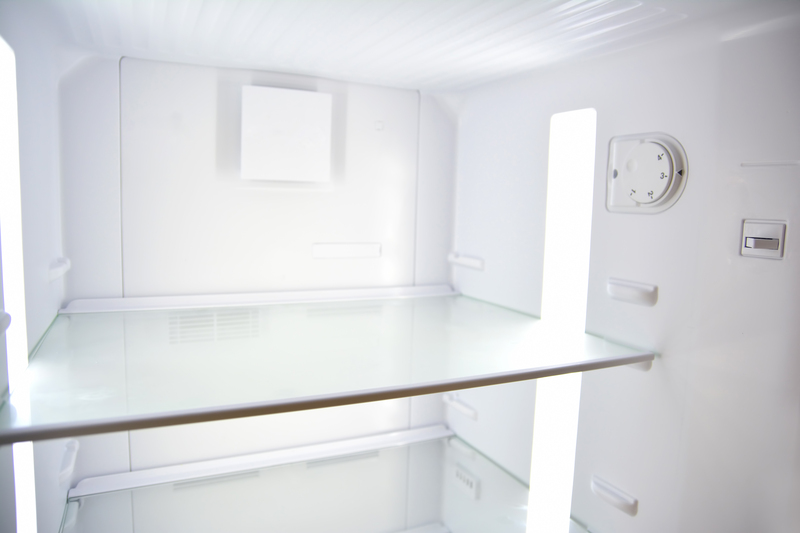Guide to Prepping Your Garden for a Move
Posted on 14/02/2025
Moving homes is a challenging task that involves organizing and packing nearly every aspect of your life, including your garden. Preparing your garden for a move requires meticulous planning and execution to ensure your plants and garden accessories make it to the new location safely. This comprehensive guide will walk you through each step involved in preparing your garden for a move, from evaluating which plants to take along to ensuring they thrive in their new environment.
Evaluating Your Current Garden
Before you start digging up your garden, it's crucial to evaluate what you have. Consider which plants you want to take with you and which can be left behind. Some plants may not survive the move due to their size, age, or the difference in climate between your current and new location. Make a list of:
- Hardy perennials that can withstand the transplantation process.
- Special or sentimental plants that hold personal significance.
- Rare or expensive plants that are worth the effort to move.
While it's tempting to take everything, sometimes it's more practical to leave certain plants behind or propagate cuttings instead.

Researching Your New Garden Space
Understanding the conditions of your new garden space is essential for the survival of your plants. Conduct research on:
- Soil type and pH levels.
- Sunlight exposure and shade areas.
- Local climate and weather conditions.
- Space availability for each plant.
Doing so will help you decide which plants will thrive in your new environment and enable you to prepare the new garden accordingly.
Planning the Move
Once you have a clear idea of what you are taking with you, it's time to plan the move. Here are some steps to consider:
Timing the Move
The best time to move plants is during their dormant season--typically late fall or early spring. Moving them during dormancy reduces the risk of shock and increases the chances of successful transplantation.
Gathering Supplies
Prepare the necessary tools and materials for digging up and transporting your plants. You will need:
- Shovels and spades.
- Pruning shears.
- Pots and containers.
- Burlap, plastic, or other wrapping materials.
- Labels for identifying plants.
Creating a Moving Schedule
Develop a timeline to avoid last-minute stress. Begin by relocating hardy and resilient plants first, then moving on to more delicate species. Ensure that all plants are labeled properly to avoid confusion during replanting.
Digging Up and Preparing Plants for Transport
Properly digging up and prepping your plants for transport is crucial for their survival. Follow these steps to minimize stress on your plants:
Watering
Water your plants thoroughly at least 24 hours before you plan to dig them up. Proper hydration will help them withstand the stress of being uprooted and moved.
Digging Up
Carefully dig around the root system, starting at a distance of about 1-2 feet from the plant's base, depending on its size. Gently lift the plant and try to keep as much of the root ball intact as possible.
Pruning
Prune back excess foliage and branches to reduce the plant's water needs during transportation. This focuses the plant's energy on root development and stability.
Wrapping and Containing
For smaller plants, placing them in pots with soil can be effective. For larger plants, wrap the root ball in burlap or plastic to keep it moist. Secure the wrapping with twine or rope to prevent the roots from drying out.
Transporting Your Plants
Transporting plants requires careful handling to prevent damage. Here are tips to ensure they arrive safely:
- Loading: Load the plants last and unload them first to minimize the time they spend in transit. Ensure they are secured to prevent movement during the drive.
- Temperature Control: Avoid extreme temperatures; ensuring plants are not exposed to too much heat or cold by covering them if necessary.
- Ventilation: Make sure there is good airflow to prevent plants from suffocating in enclosed spaces.

Replanting in Your New Garden
Once you've arrived at your new home, your priority should be replanting your garden as soon as possible:
Preparing the New Site
Before planting, prepare the soil by tilling and adding compost or other soil amendments based on what you learned during your initial research. This will create a nurturing environment for your plants to root and grow.
Replanting the Plants
Place each plant in a hole that's wide and deep enough to accommodate its root ball. Spread the roots gently, fill the hole with soil, and water thoroughly to help settle the plant.
Post-Move Care
Monitoring and caring for your plants after the move is crucial for their recovery:
- Watering: Keep an eye on soil moisture, ensuring it stays moist but not waterlogged.
- Mulching: Apply mulch around the base of each plant to retain moisture and suppress weeds.
- Pruning and Fertilizing: Avoid heavy pruning or fertilizing for a few weeks to let the plants adjust to their new environment.
Conclusion
Moving a garden is undeniably challenging, but with careful planning, preparation, and execution, you can successfully transplant and reestablish your garden in a new location. Evaluating your current garden, researching the new space, strategic timing, and meticulous care during and after the move are crucial steps to ensure your plants thrive in their new home. By following this comprehensive guide, you can look forward to enjoying the beauty and bounty of your garden for many seasons to come.







